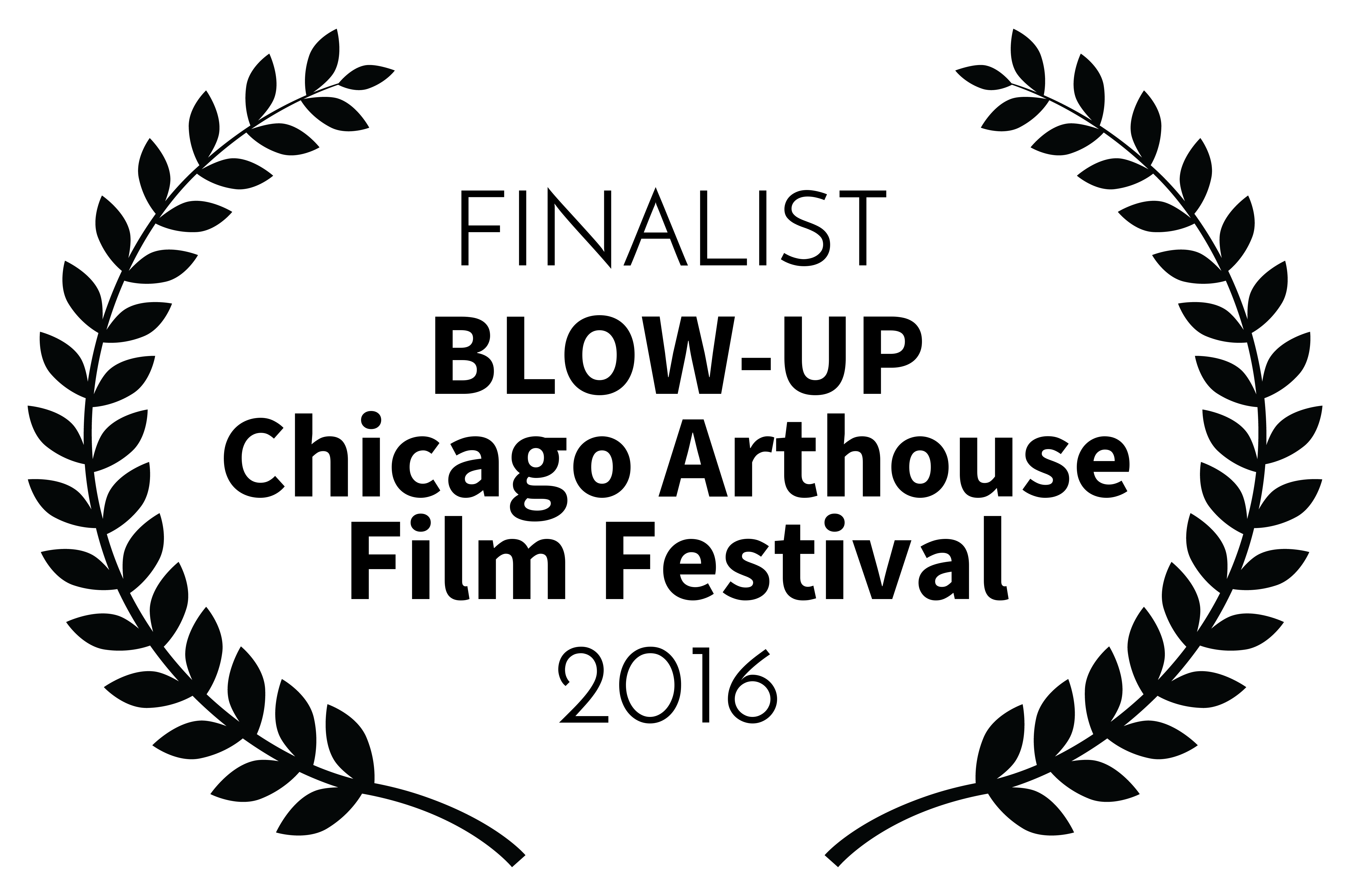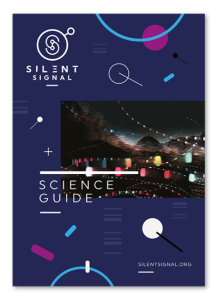

Loop is about what can be seen and what cannot, how scientists imagine their work and how they describe it.
The film is based on the work done in Dr Serge Mostowy’s lab on septin assembly in cells, using a zebrafish model. Lab members describe the intricate sub-cellular septin dynamics and structure. Their explanatory drawings, and discussions with the filmmaker about how they see the research, are incorporated into the animation.
Each person’s unique and idiosyncratic vision of the process brings a different facet to the complex and secret world of septin cytoskeleton dynamics. The scientists’ different theories of assembly reveal the creative and discursive nature of science. The scientists’ original sketches, included at the end of the film, emphasise how closely they worked with the filmmaker to translate their individual vision to the whole.
Samantha Moore
Samantha Moore is an award-winning animated documentary maker. Her awards include one for Scientific Merit from the journal Nature for her film about audio-visual synaesthesia, An Eyeful of Sound (Imagine Science Film Festival, New York, 2010). She is passionate about the ability of animation to convey reality in new and surprising ways; for her PhD she researched the way animation can be used to document perceptual brain states using collaborative methodologies.
Samantha teaches animation at the University of Wolverhampton, and presents her research at conferences internationally. She has given lectures on her work including to the Royal Institute of Australia; St Pölten University, Austria; at the Melbourne International Animation Festival and she presented a keynote talk at the American Synesthesia Association conference in Canada.
Dr Serge Mostowy
Dr Serge Mostowy obtained a BSc in Physics, MSc in Evolutionary Biology, and PhD in Microbiology and Immunology from McGill University, Montreal, Canada. In 2006, he was a postdoctoral fellow at Institut Pasteur in Paris, France, studying the cell biology of infection. In late 2011, he moved to Imperial College London to start his own research group, studying intracellular host defence to bacterial pathogens.
His research focuses on developing zebrafish as a new model for the in vivo study of Shigella pathogenesis, septin biology and bacterial autophagy, with the aim of developing a more comprehensive understanding of host defence at the molecular, cellular and whole organism level, generating important consequences for bacterial pathophysiology and its control.
Serge was awarded a Prize Fellowship from the Lister Institute of Preventive Medicine in 2015.
INTERVIEWS
Hear from the artist and scientist about their collaboration, their individual interests, and the science behind the collaboration.
SCIENCE GUIDE

Find out more about the science behind the collaboration, with glossary terms, activity sheets and information about the research that inspires the film.

